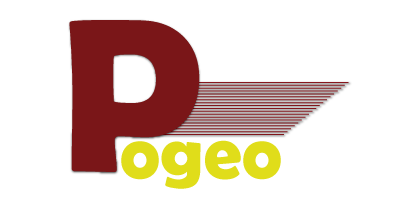Streamlining Front Desk Operations
One of the most effective ways to save time in any clinic is by reducing the administrative burden on your front desk staff. A significant portion of time is often lost to manual data entry, repeated phone calls, and patient intake procedures. Clinics can dramatically cut this time by adopting systems that allow patients to handle portions of the intake process independently, prior to their appointment. For example, integrating digital patient forms into your workflow allows patients to complete medical histories, consent forms, and insurance information securely online before arriving at the clinic. This not only reduces wait times but also minimizes errors that often result from rushed handwriting or staff interpretation.
Automating appointment reminders and confirmations through email or SMS is another simple way to prevent no-shows and last-minute cancellations. These systems can be configured to confirm appointments automatically, offer rescheduling options, and even send post-visit follow-ups. By eliminating the need for your staff to handle these tasks manually, you free up hours each week that can be allocated to higher-value patient care or other operational improvements.
Optimizing Workflow and Team Coordination
Time is often lost when clinic staff operate in silos or when communication breakdowns occur between departments. Implementing a centralized scheduling and task management system ensures that all team members—from physicians to front desk coordinators—are working from the same set of expectations and real-time updates. Clear internal communication and efficient handoffs between clinical and administrative teams are essential to keeping your clinic running on time and on task.
Additionally, reevaluating your patient flow—from check-in to check-out—can reveal surprising opportunities to eliminate bottlenecks. Conduct time audits or shadow sessions to observe where delays typically happen and why. You may discover that a minor change, such as repositioning a printer or rearranging exam room assignments, can improve efficiency without the need for new technology or staffing changes. Regular team huddles can also help anticipate issues and keep everyone aligned on daily priorities.
Technology Integration Without Overload
While adopting the latest software tools can seem like a universal solution, more technology isn’t always better. Clinics should carefully evaluate which tools actually reduce time spent on repetitive tasks and which add complexity without payoff. Digital patient forms are a clear example of effective technology: they can sync directly with your EHR, reduce front desk congestion, and improve data accuracy.
Other time-saving technologies might include automated billing solutions, AI-assisted documentation tools for providers, or self-check-in kiosks. The key is integration. Tools that operate in isolation may not save time if they require constant data transfers or duplicate entry. Evaluate your current systems for compatibility and look for tools that consolidate rather than fragment your clinic’s digital environment.
Conclusion: Build a Culture of Continuous Improvement
Saving time at your clinic isn’t about rushing through patient care—it’s about making smart, strategic changes that improve both efficiency and quality. By streamlining administrative processes, improving internal communication, optimizing shipping logistics, and selectively implementing effective technologies like digital patient forms, clinics can reclaim valuable hours each week. The result is a smoother experience for both patients and staff, and ultimately, a more productive and profitable operation.


